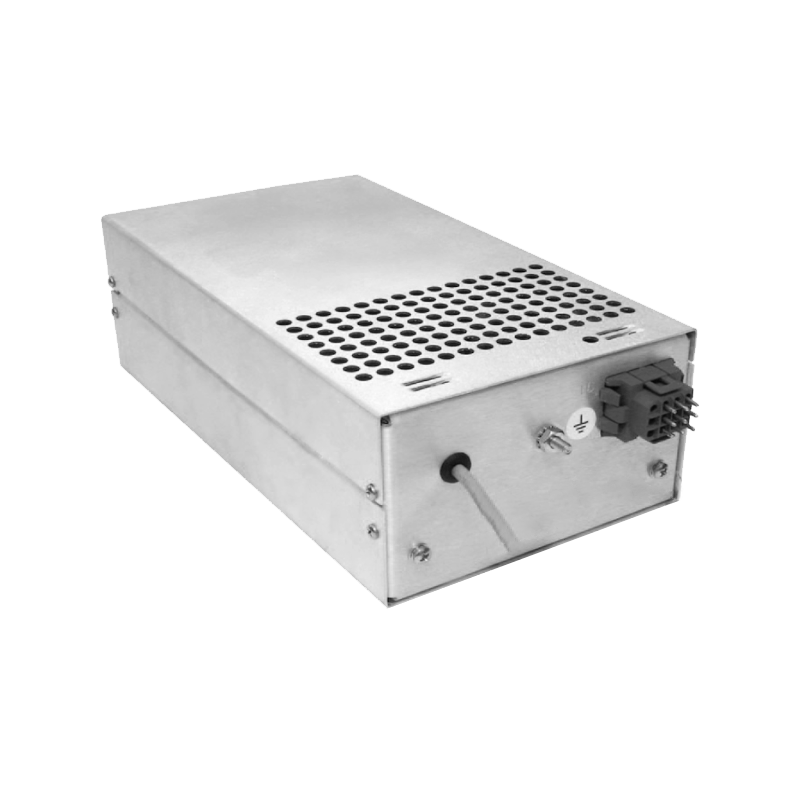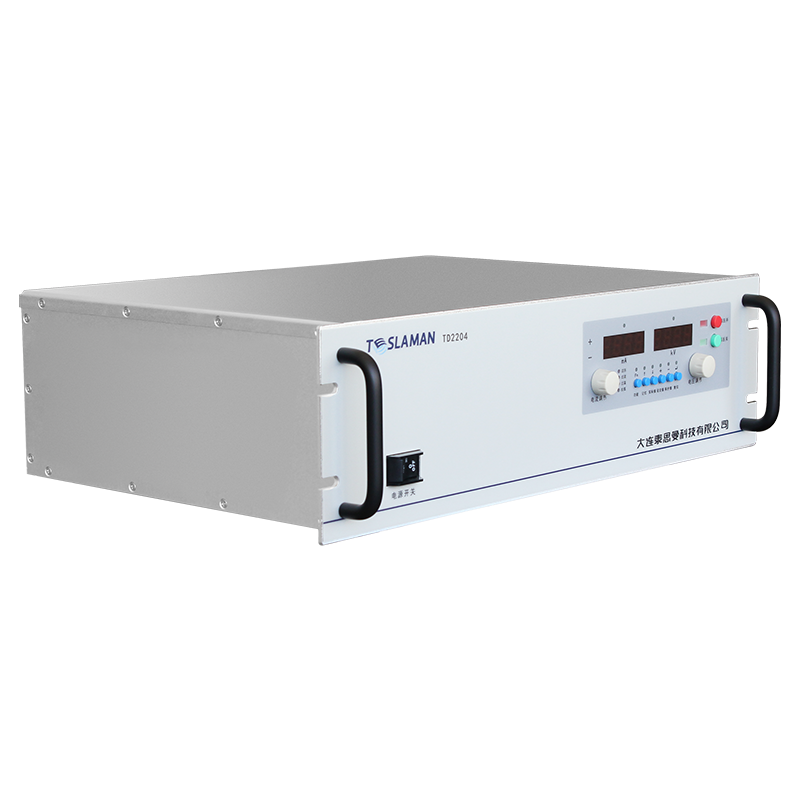Ion Implantation Depth of High Voltage Power Supplies in Ion Beam Systems
In the fields of modern materials science and semiconductor manufacturing, the high voltage power supply in the ion beam system plays a crucial role in the ion implantation depth. Ion implantation is a technique that accelerates specific ions and introduces them into the interior of the target material, and its implantation depth directly affects the properties of the material and the function of the device. The high voltage power supply, as the core component for ion acceleration, generates a high electric field strength to impart sufficient energy to the ions to penetrate the target material.
The ion implantation depth is mainly determined by the ion energy, and the high voltage power supply is the key to regulating the ion energy. When the output voltage of the high voltage power supply increases, the ions are accelerated to a greater extent in the electric field, thus having higher energy. According to the classical Rutherford backscattering theory, high energy ions undergo multiple interactions with atomic nuclei and electrons in the target material, gradually lose energy and eventually stop inside the material. This energy loss is closely related to the type of ions, the properties of the target material, and the initial energy of the ions. In practical applications, accurately controlling the output voltage of the high voltage power supply can precisely regulate the ion implantation depth to meet the needs of different material modifications and device manufacturing.
For example, during the manufacturing process of semiconductor chips, different types of transistors require different depths of ion implantation to form specific doped regions. Shallow junction implantation is used to prepare the source drain electrodes in very large scale integrated circuits, and the ion implantation depth needs to be precisely controlled within tens of nanometers. This requires the high voltage power supply to provide a stable and precisely adjustable low voltage output. For the manufacturing of some power devices, such as insulated gate bipolar transistors (IGBTs), a deeper ion implantation depth is required to form a highly doped drift region. At this time, it depends on the high voltage power supply to output a high voltage so that the ions can obtain enough energy to achieve a micron level implantation depth.
To further optimize the control of the ion implantation depth, the stability and response speed of the high voltage power supply are of great importance. A stable output voltage can ensure the consistency of ion energy and reduce the deviation of the implantation depth. A fast response speed enables the high voltage power supply to quickly adjust the output voltage at different process stages to meet the needs of complex ion implantation processes. In addition, with the continuous development of materials science, new materials have put forward higher requirements for the uniformity of ion implantation depth. By improving the design of the high voltage power supply and combining advanced electric field distribution optimization techniques, more uniform ion implantation can be achieved, improving the consistency of material properties.
In conclusion, the high voltage power supply in the ion beam system plays an irreplaceable role in the control of ion implantation depth. By precisely regulating the output of the high voltage power supply, precise control of the ion implantation depth can be achieved, providing strong support for the development of fields such as materials science and semiconductor manufacturing. With the continuous progress of technology, high voltage power supplies will continue to innovate in improving the control accuracy and uniformity of ion implantation depth, promoting related industries to a higher level.




















